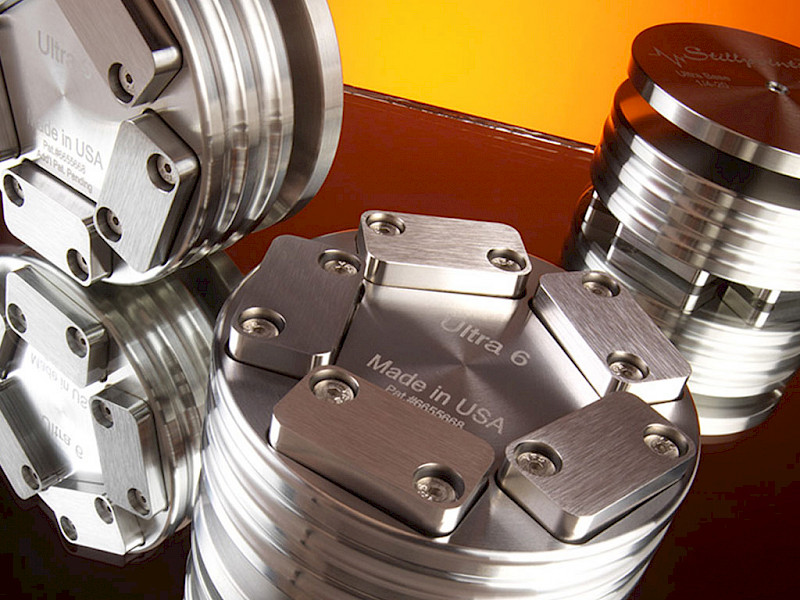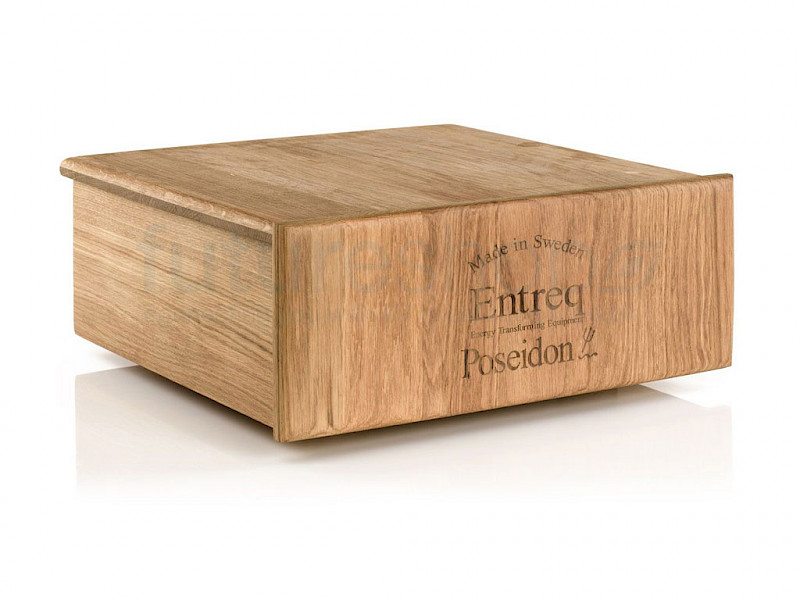We are always looking for ways to get the very best performance out of our Hi-Fi and Home Cinema systems. Regardless of your budget, lowering the noise floor is a cost-effective way of improving the performance of your equipment, without replacing any of the major components.
The silence between the musical notes is often heralded as the best music maker of all. In our opinion therein lies a lot of truth to such a statement! For many of the best musicians, it’s often what is not played or how something is phrased that makes it communicate better.
The dynamic pitch, the pace of the music, stopping and starting when things should, the communication of the ever-important message in the music, whether purely with the music/musicians themselves or the lyrics that drive it home to head and heart alike.
These are the complex qualities that we too are trying to emulate in building an extraordinary audio system. Reducing unwanted noise or interference has been the key to many of the greatest and most worthwhile advances in audio performance over the last decade, better connecting us with our music and the musicians who are creating it, in both the analogue and digital domains. Squeezing ever greater performance by lowering the intrinsic noise floor in any given product, in conjunction with the other products in the chain, rather than purely trying to produce more and more information at the expense of balance and naturalness – this is a far more complex subject than at first it might seem.







